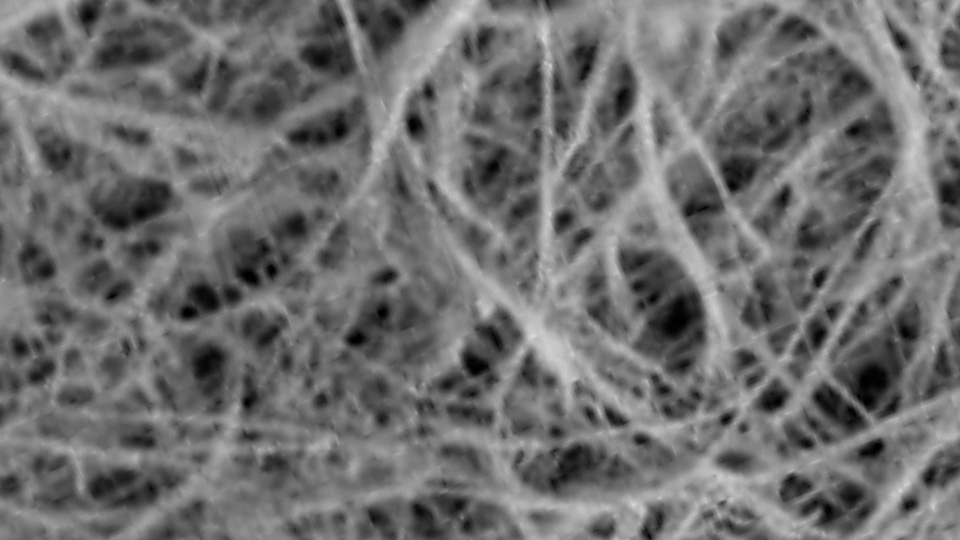Barraquer supports a culture of research among young people
03/04/2025

17/06/2021
Bacterial nanocellulose (BNC) is a biocompatible biopolymer naturally secreted by several bacterial strains that has gained a lot of attention in biomedical applications due to the variety of useful characteristics it presents.
After appropriate cleaning, BNC hydrogels are ultra-pure, containing just nanocellulose fibers organized in a structure similar to collagen, and are free of endotoxins, making it safe to use and study in humans, despite its bacterial origin.
BNC also exhibits a high liquid holding capacity, porosity and conformability together with numerous functionalization opportunities due to its high surface area. Due to these reasons, a lot of attention has been put into using BNC as a drug delivery or reservoir system.
Furthermore, since it is stable at room temperature for long periods of time, can be produced from diverse carbon (sugar) sources, is tunable in terms of size, shape and thickness and is easy to sterilize, it can easily and cheaply be produced even in poorer countries.
Finally, its animal-free origin might reduce the risk of disease transmission, ethical concerns and the dependency on donor tissues.
All these unique characteristics make BNC a very interesting and suitable material for wound healing. In fact, BNC is already being used for cosmetic masks and even for skin tissue regeneration. Furthermore, it is also currently being studied for internal uses such as artificial vessels, heart valves, cartilage and hernia meshes. Yet its capability to heal other body surfaces, such as the cornea, remain largely unexploited.
With that in mind, we are currently studying, together with the Institute of Materials Science of Barcelona (ICMAB), the suitability of BNC as both an ocular drug delivery system and as a new corneal bandage material to accelerate wound healing.